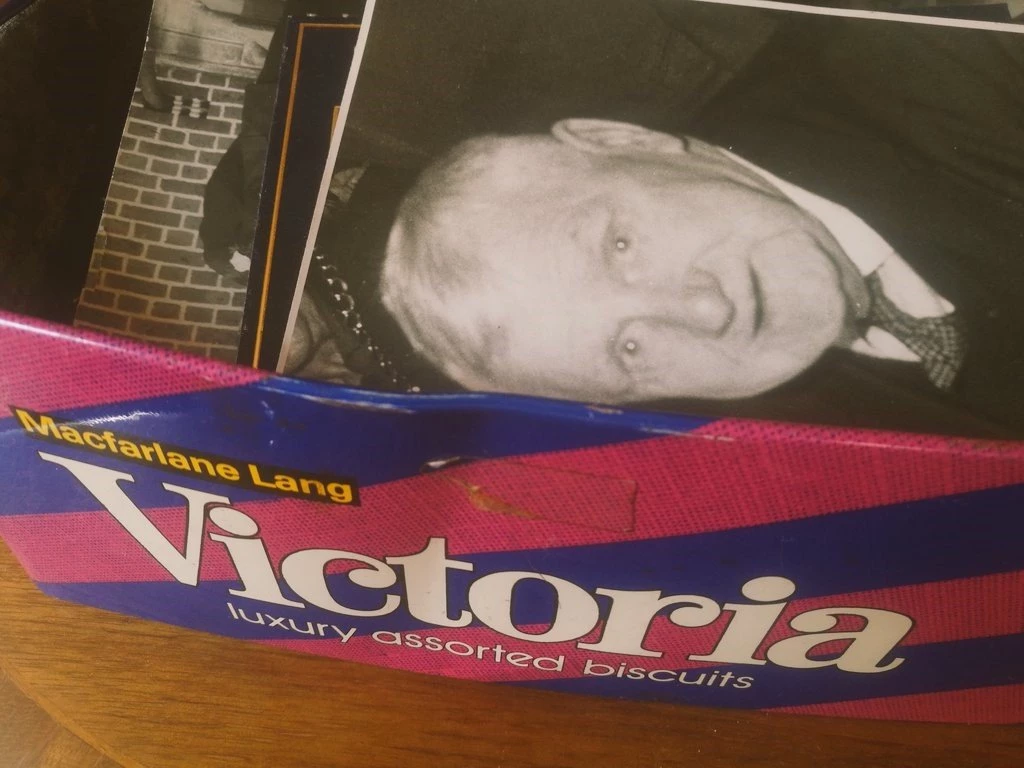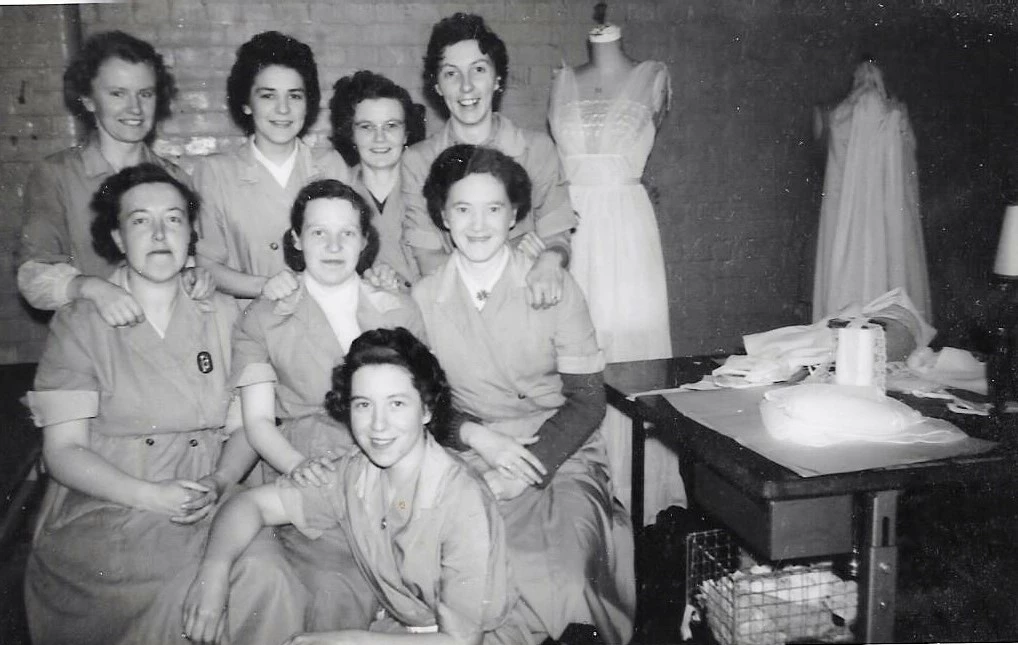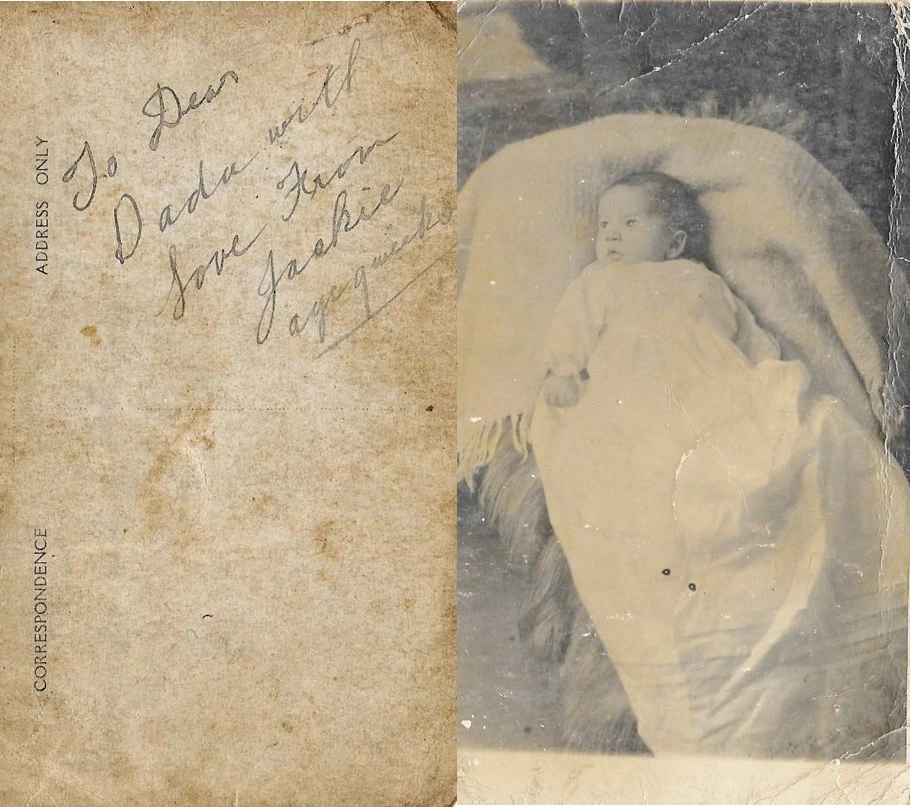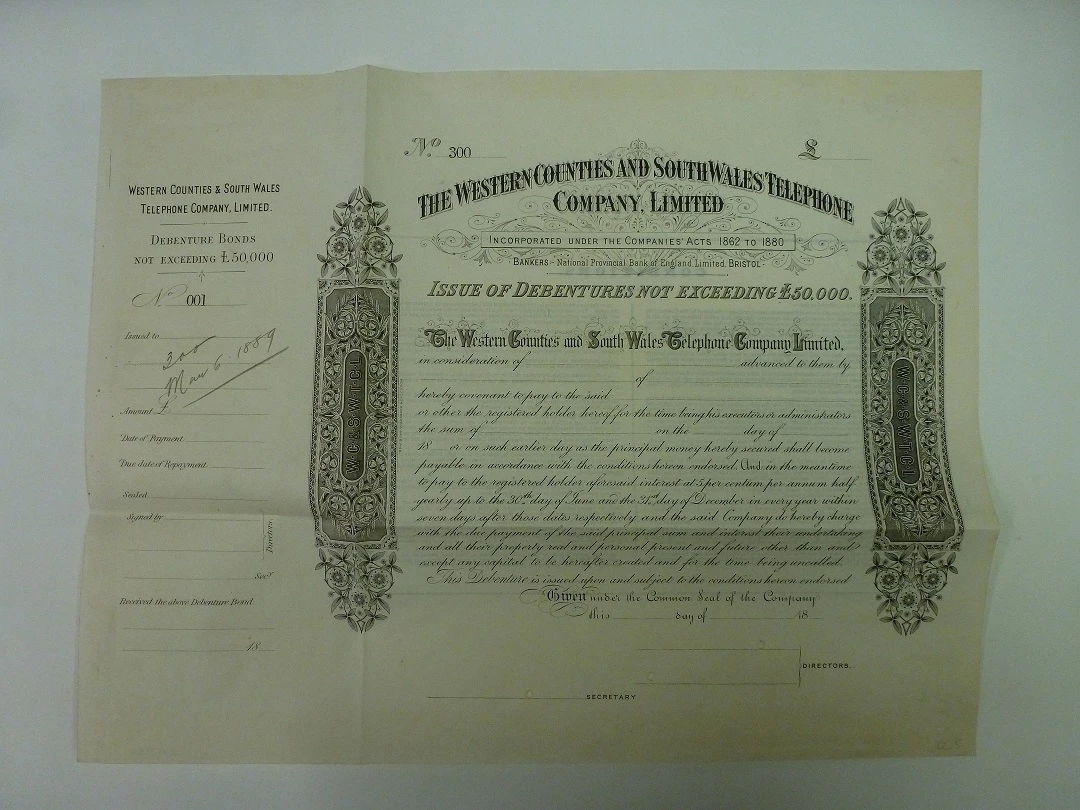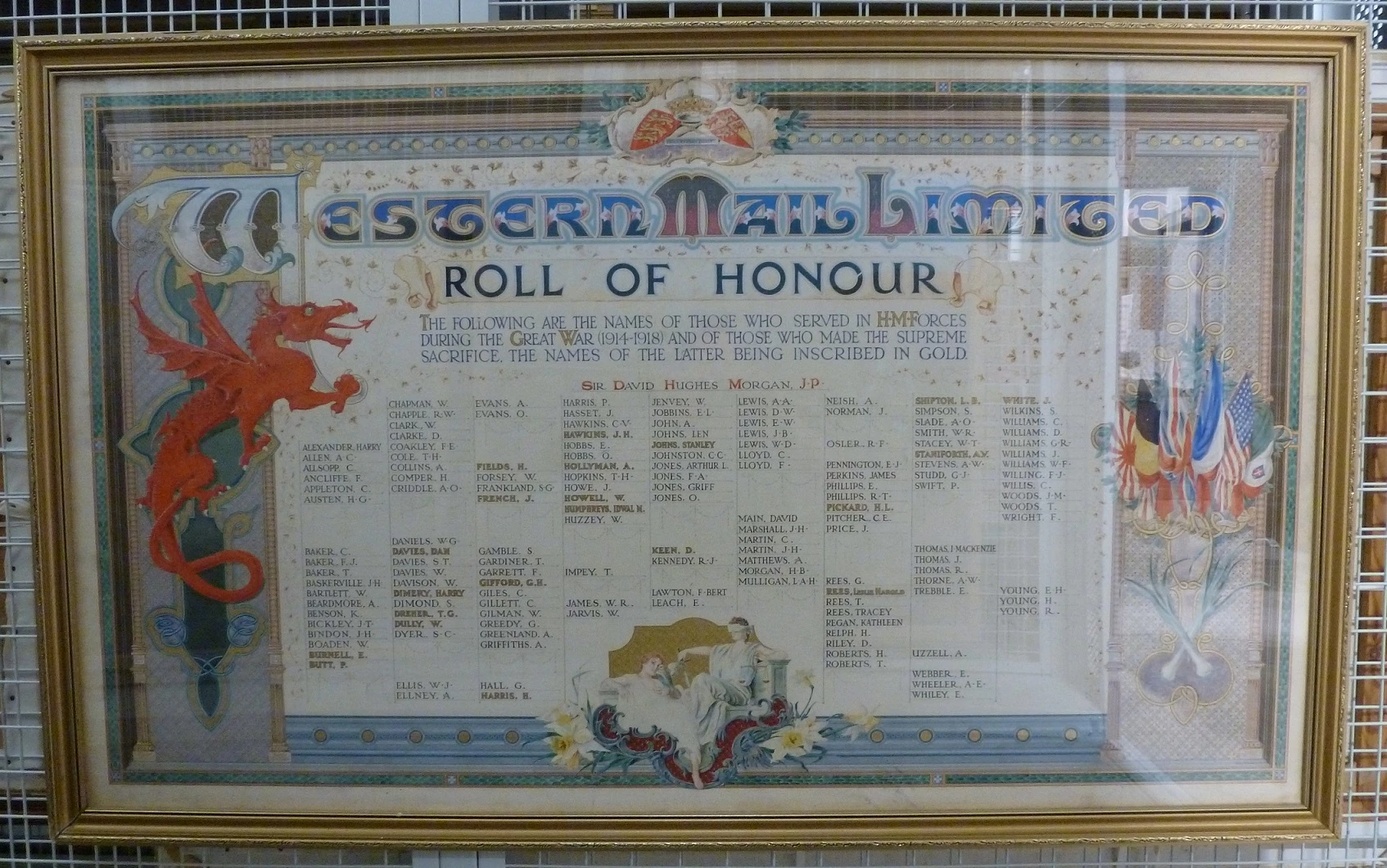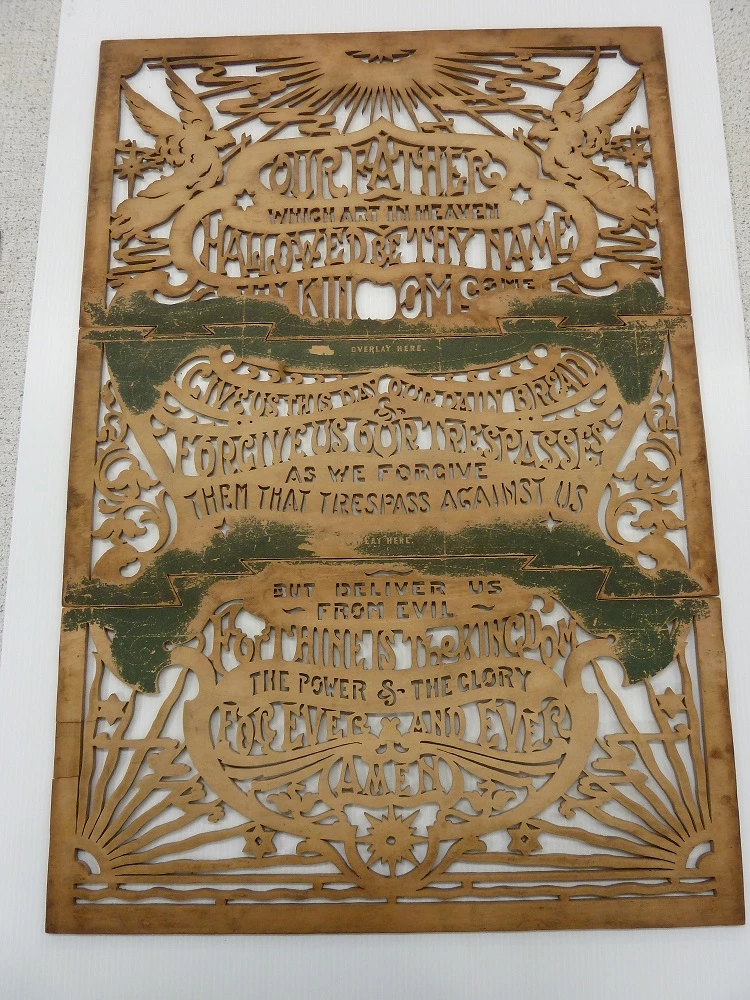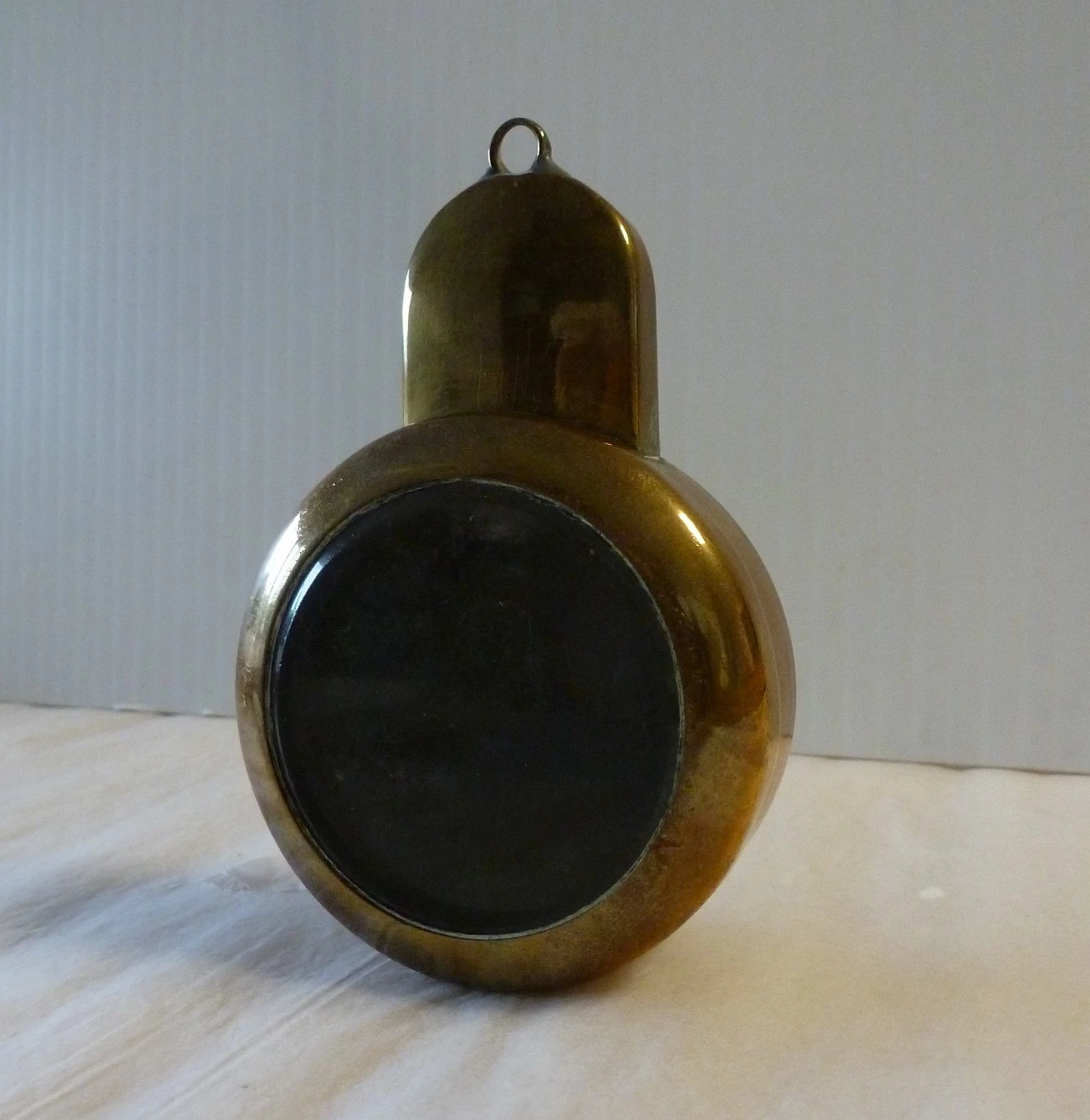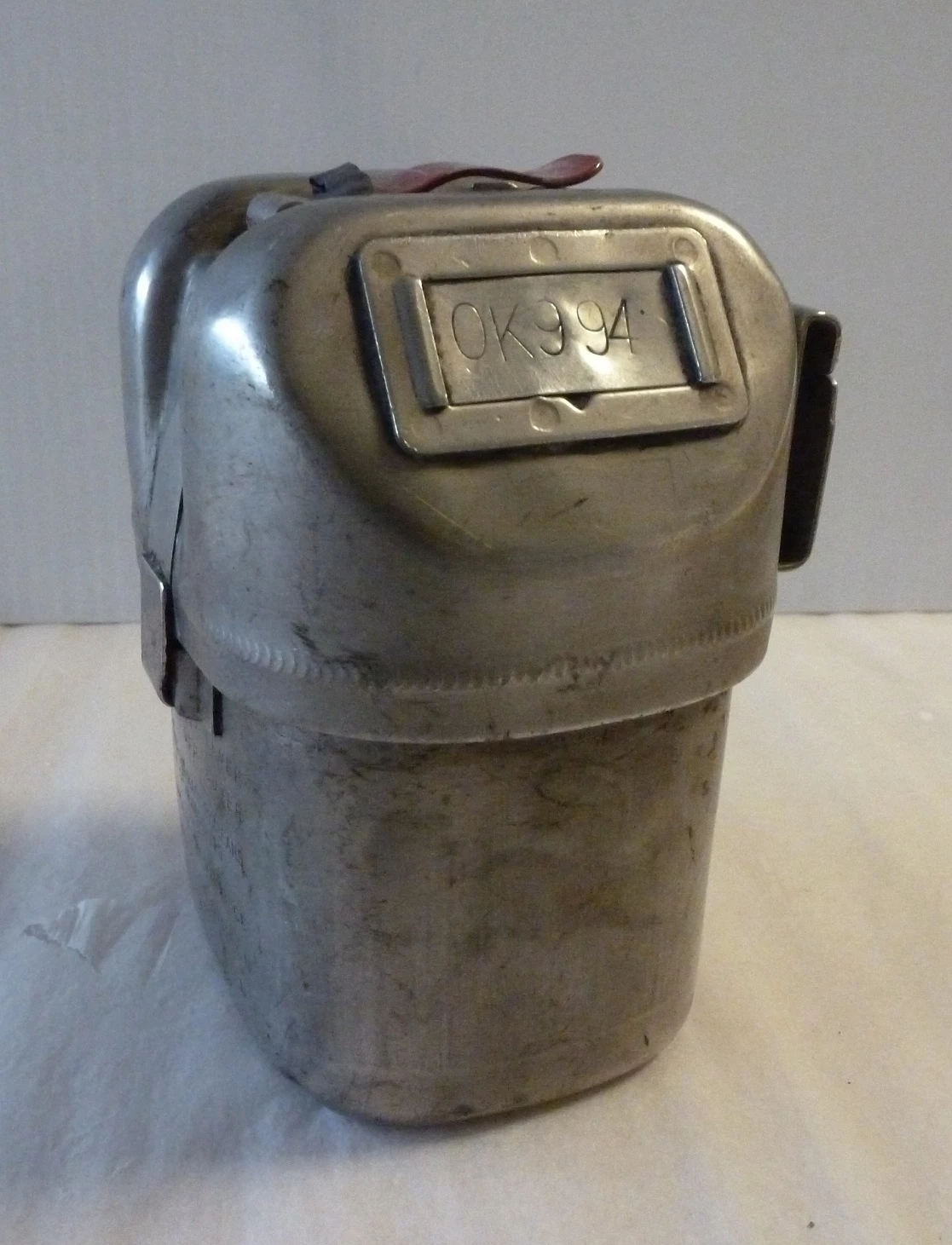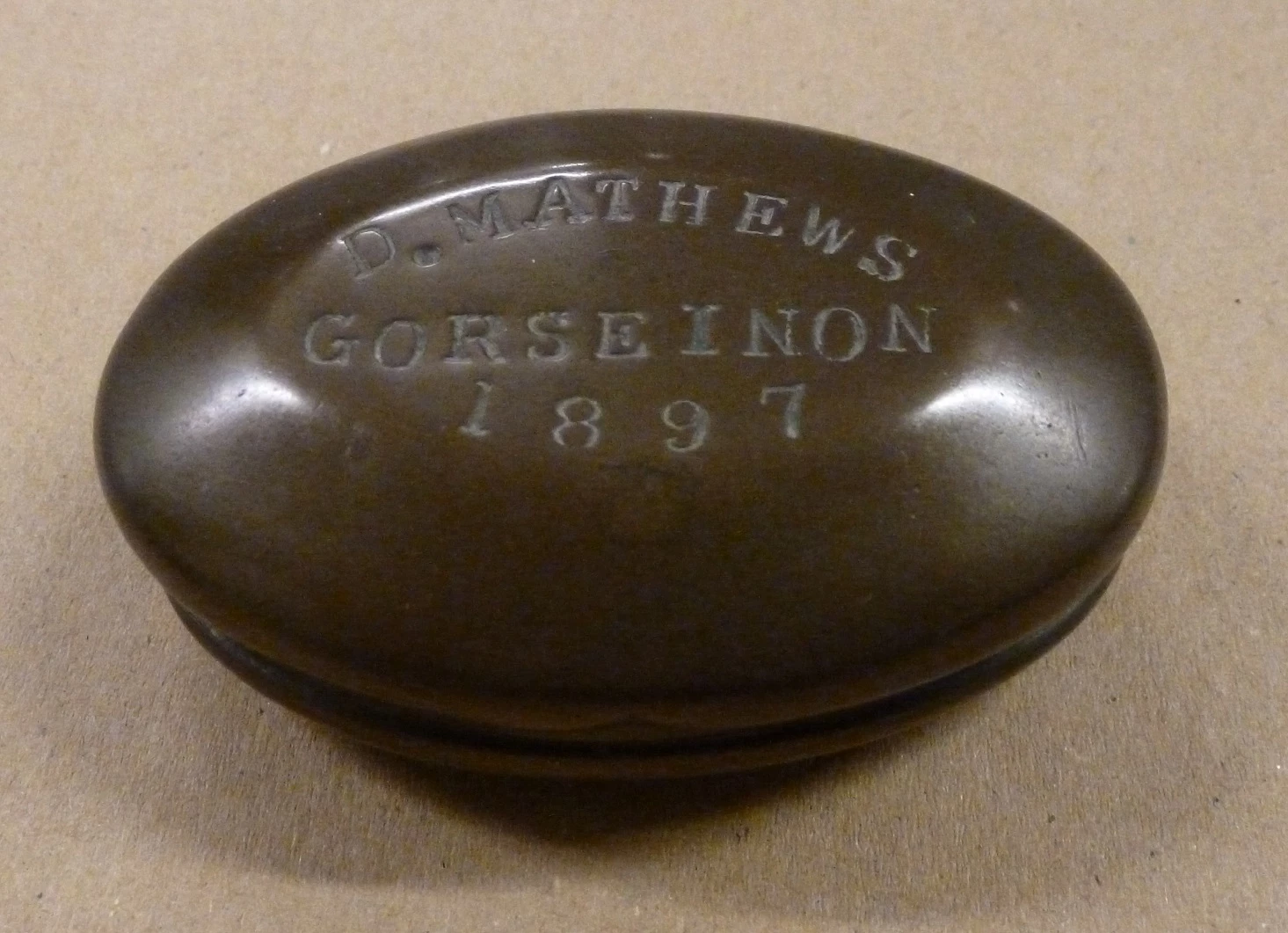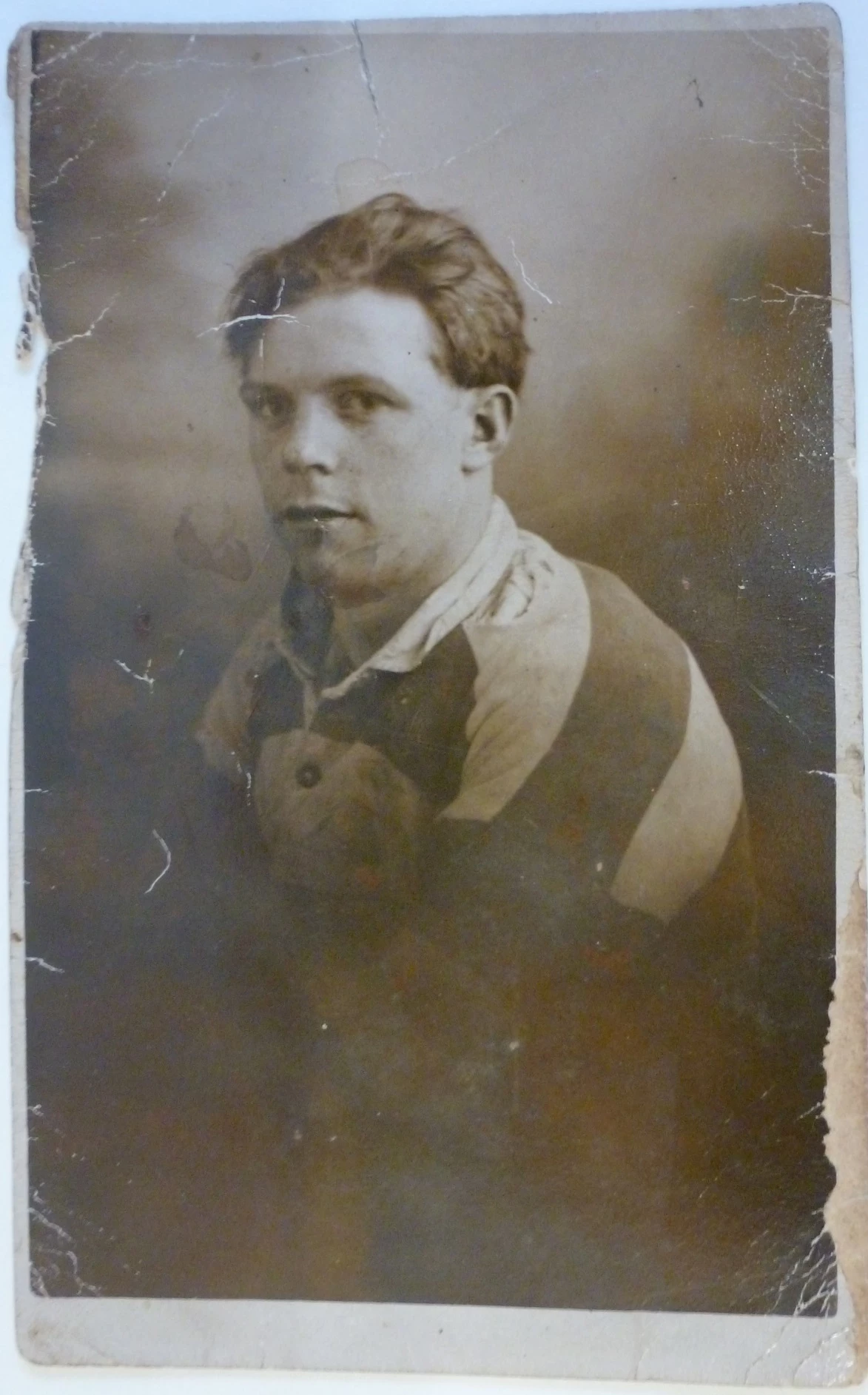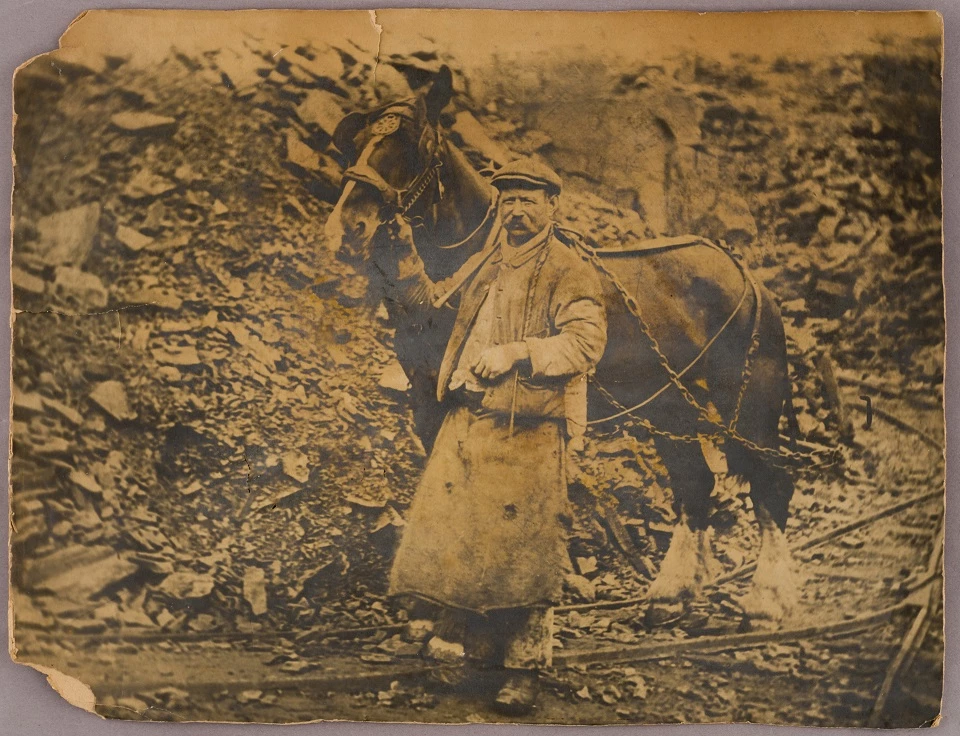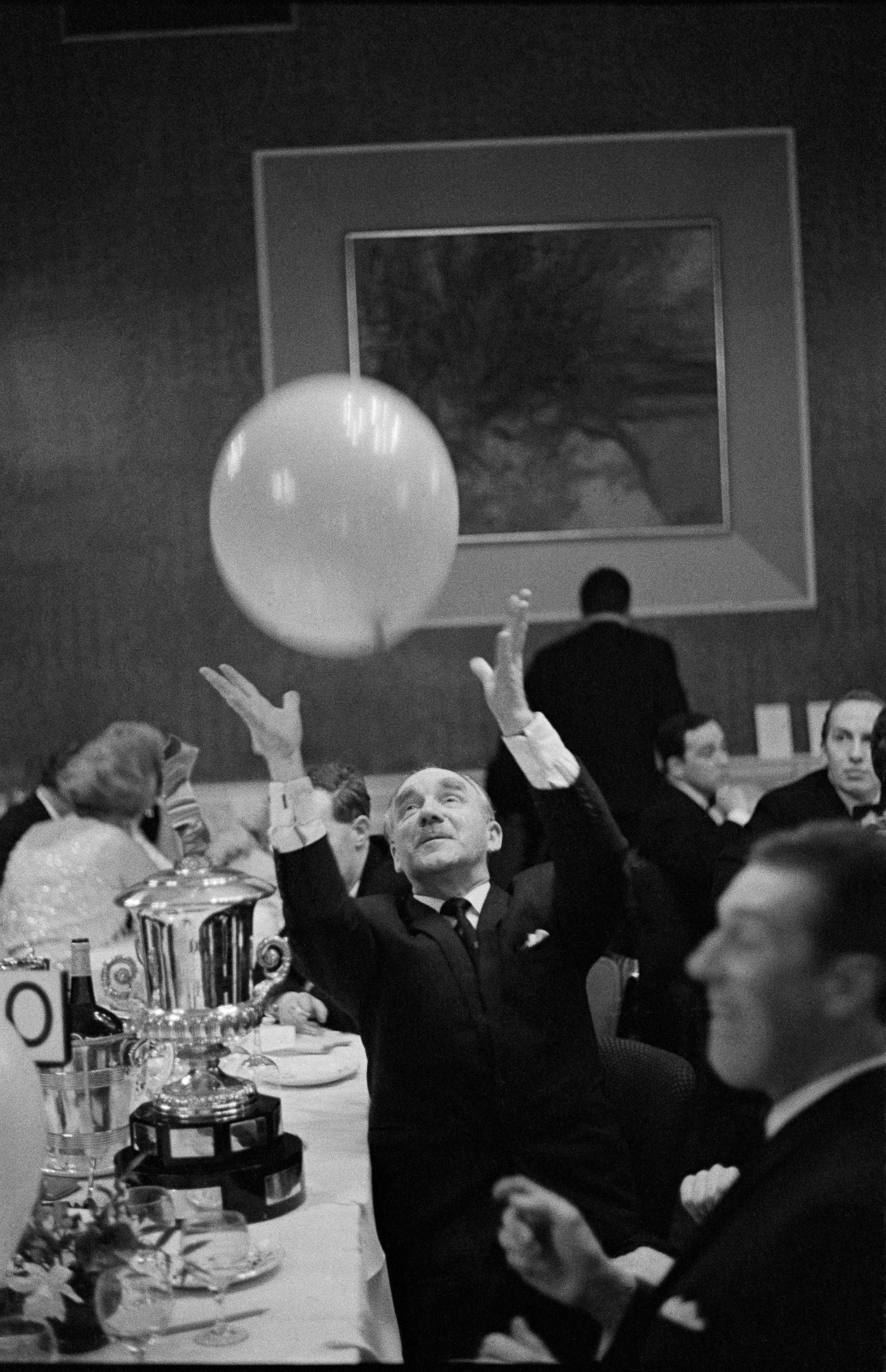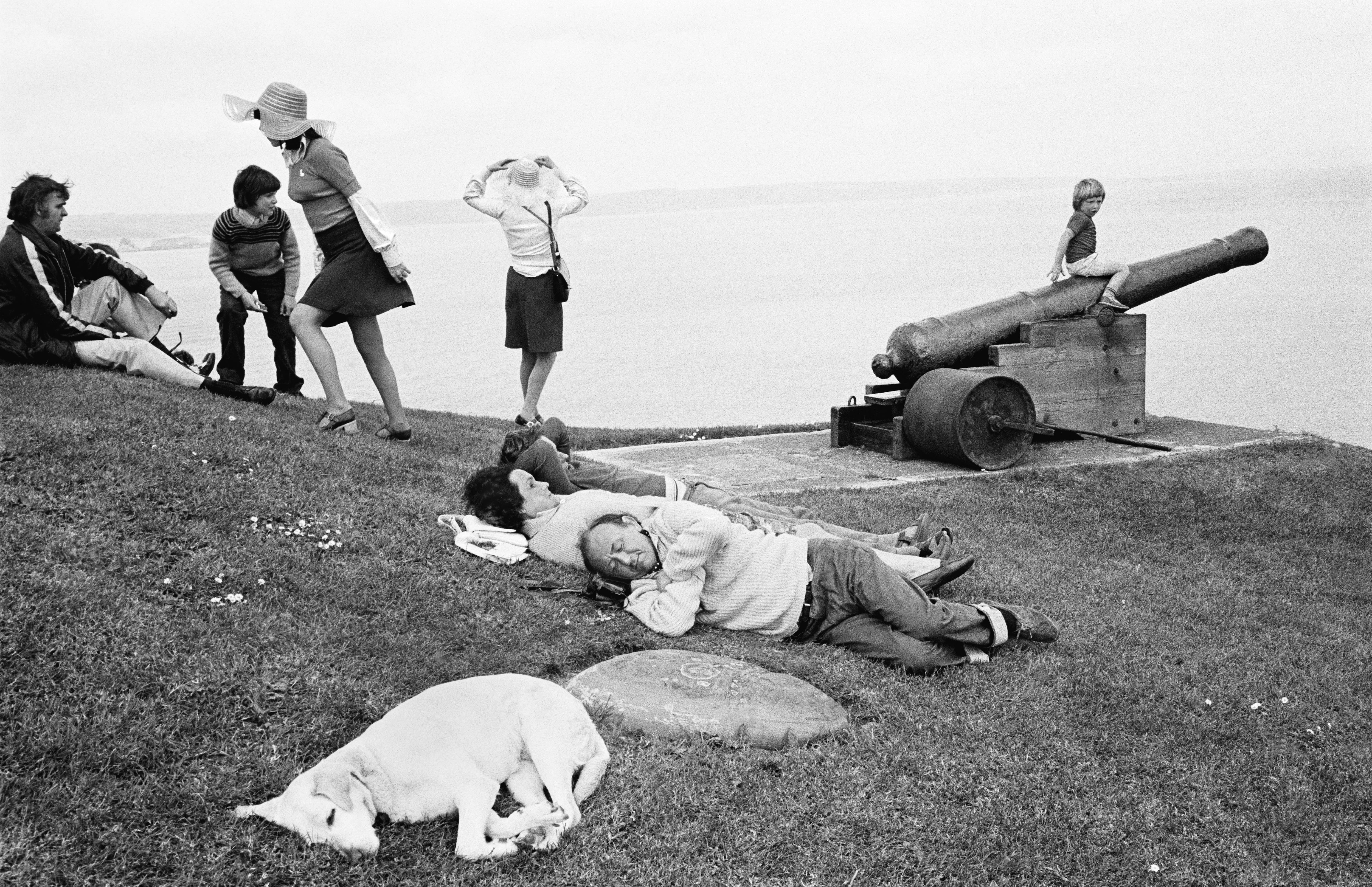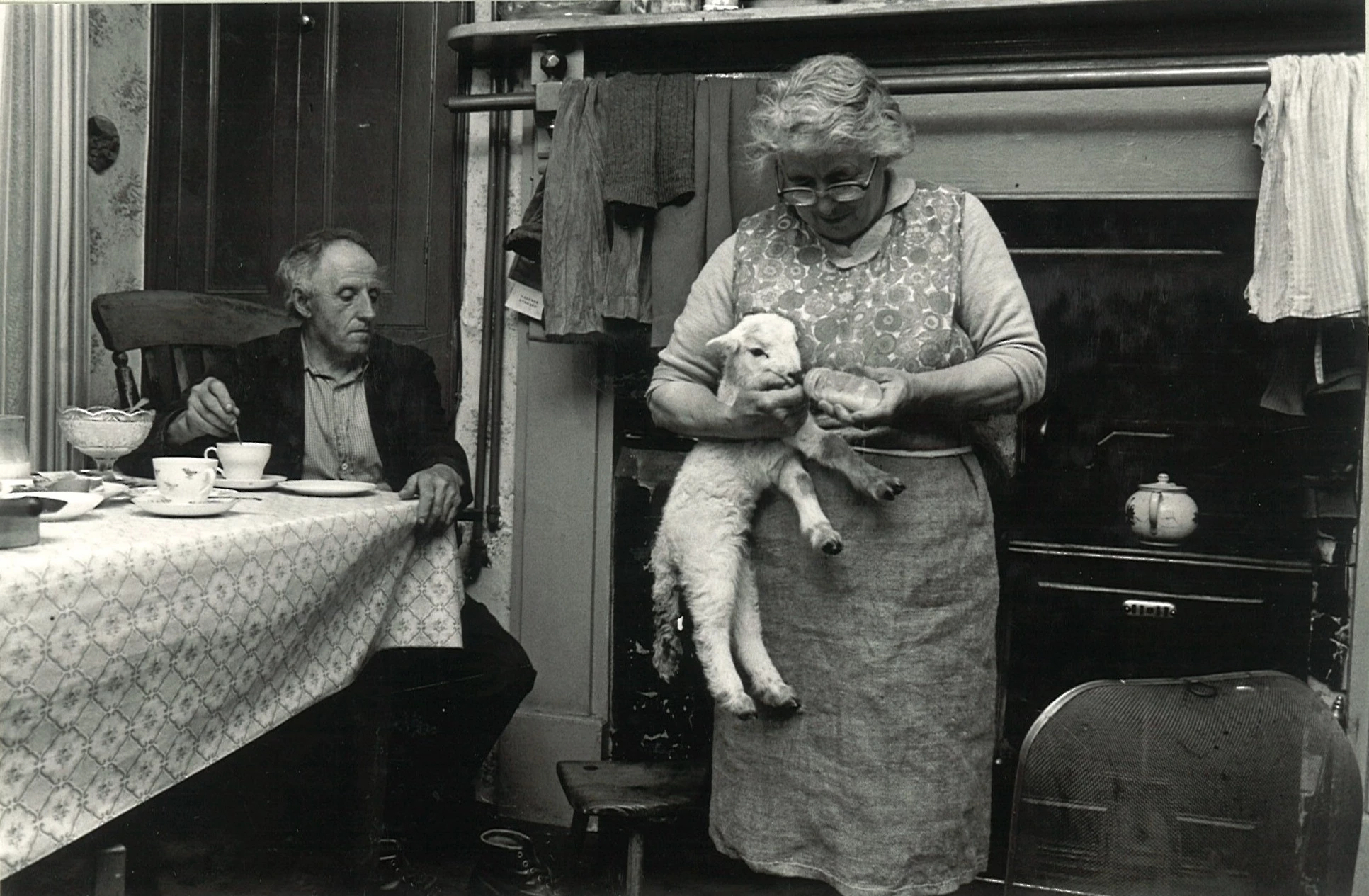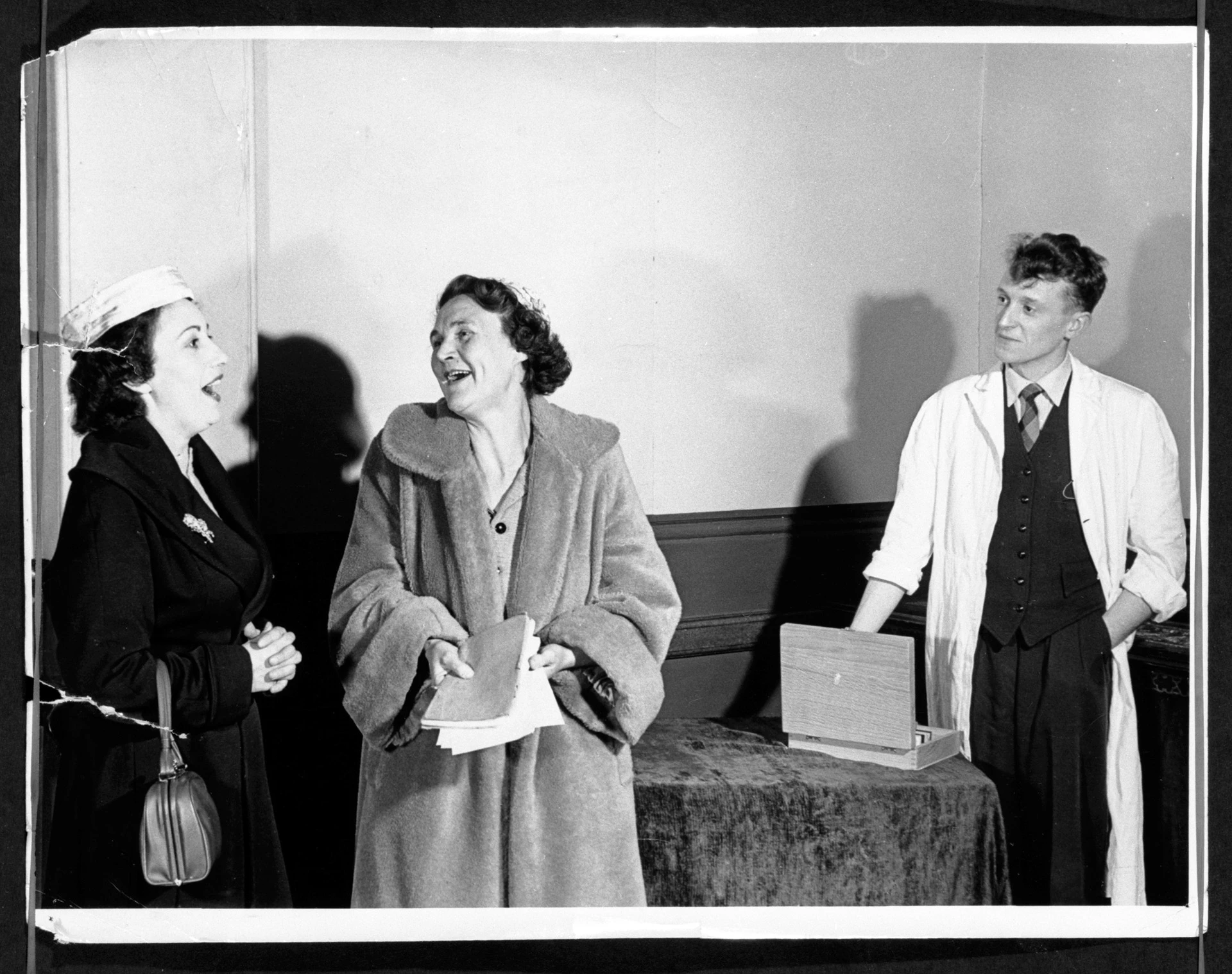The Treasures That Lie in a Biscuit Tin
, 1 September 2017
Working at Amgueddfa Cymru’s History and Archaeology department over the last few months has revoked my interest in history… and even my own heritage.
One of the many benefits of working in the department is being able to preview the work by the staff of the museum’s Saving Treasures, Telling Stories project; the project highlights our nation’s treasures. It’s both a delight and eye-opener to see the objects collected by the museum, which hold more value than gold (from which some are made of), as these treasures stir our interest, provide us with knowledge… and can even fill us with pride when acknowledging that their roots lie in Wales.
A few weeks ago, museums across the UK were involved in #TakeOverDay; a day when social media pages were voluntarily taken over by youth community groups and schools.
Saving Treasures gladly took part and had young people to voice what they believed was treasure, then they got to ask the public what they considered as treasure. I know it’s a bit late but I thought I’d have a go at writing this blog to mention mine.
So, what’s my “treasure”?
It’s difficult for me since I’m not what you’d call a “materialistic” person but if you were to put me on the spot I’d have to say one of my top treasures would be... the collection of family photographs.
Why?
It comes down to a combination of my love for photography and my interest in family history.
I began my photographic love affair nearly a decade ago and my relationship with the art form is still as strong as ever after achieving a degree from the University of South Wales last year.
Though the end results from a simple photograph can give us a brief glimpse into the past, the cherished family photograph can give us much more; there’s more feeling towards an old family photograph than there is for an Ansel Adams… or should I dare say a photographic depiction of Wales by David Hurn!
More of these treasured photographs and the stories behind them can be found via my blog: https://merthyrranter.wordpress.com/2017/09/01/the-treasures-that-lie-in-a-biscuit-tin/
